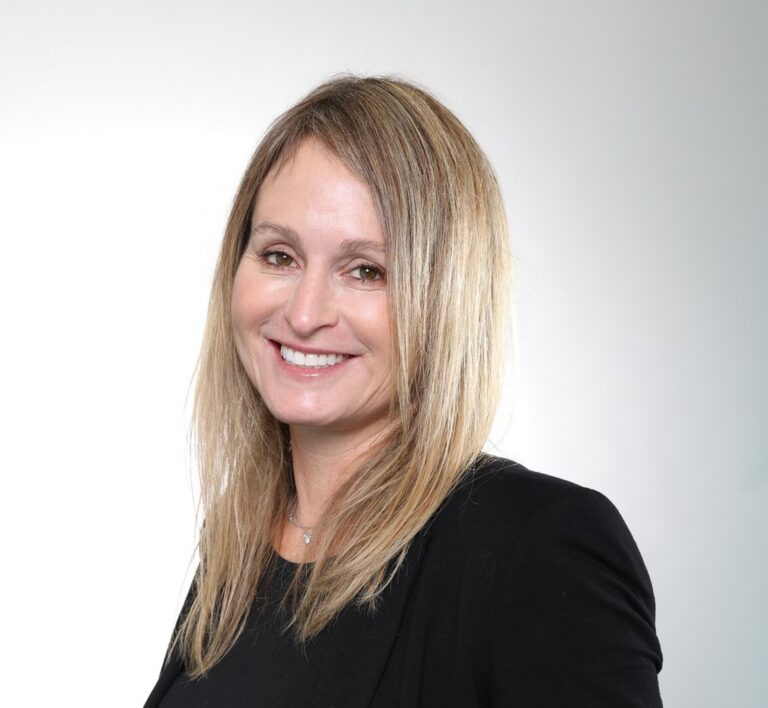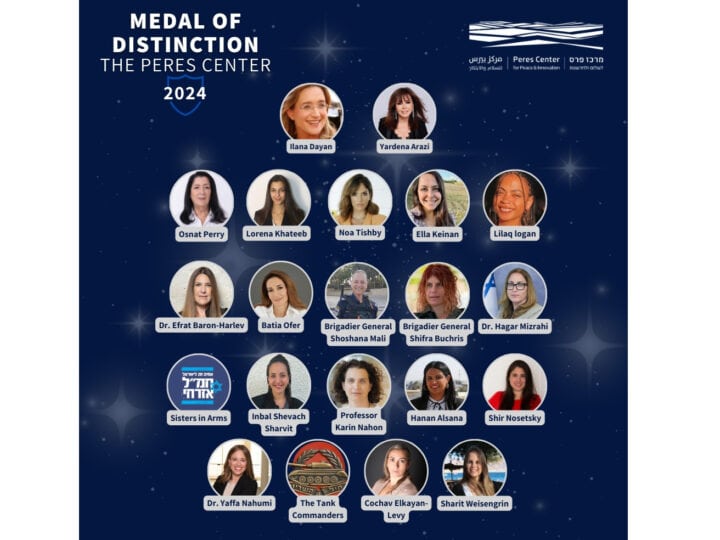In my role as a female marketing director at a global fintech company, I see that digital platforms have become a core tool for my colleagues and me.
In honor of Women’s History Month, I’d like to focus on the issue of the “gender digital divide.”
The term “gender digital divide” refers to the gap between men’s and women’s access and use of the Internet and digital platforms.

This gap exists not only in developing countries that may lack Internet and mobile infrastructure and resources. It is very much a part of the developed world as well.
According to the International Telecommunication Union, in the last three years, the gender digital gap has actually increased by 20 million people.
The paradox of women accounting for approximately half the world’s population (some would say 51%), while accounting for a disproportionate share of the global offline population, still astounds me.
In 2022, women outnumbered male non-digital users by 18% as compared to 11% in 2019.
The Americas have only recently achieved parity in online usage, and they still lag behind in women holding technology-oriented jobs.
In 2022, the biggest names in corporate America had only 25.5% to 31.4% women serving in leadership positions. This gap is reflected across corporations worldwide and naturally broadens in developing countries where the gender digital divide is higher.
Equity vs. equality
Parity can only be achieved through equity, not necessarily equality.
The difference between the terms is essential. Equality refers to everyone having the same access and is relevant only after parity is achieved. Equity recognizes that each group has different circumstances, in this case women, and allocates resources and opportunities needed to reach an equal outcome.
Since we still have a long way to go in achieving equality, equity is more relevant. In this context, equity may refer to education for both the women and their societies and bridging cultural gaps where women are perceived one way while men another.
Equity is the first step to equality.
Equity starts with bridging cultural differences where a woman’s place is perceived to be at home and a man’s responsibility is to provide financially for that home.
This can be done by encouraging young girls to develop technology education and skills, and by technology-oriented corporations taking a social impact initiative to develop equal gender access to digitalization.
Actionable efforts
It is with this in mind that at the World Economic Forum in 2021, the Edison Alliance was formed with the goal to improve 1 billion lives through affordable and accessible digital solutions across healthcare, financial services and education by 2025.
Initiatives such as Plan International have made children’s — particularly girls’ — inclusive and quality education its core value and goal.
The World Bank, together with the EQUALS Global Partnership’s Access Coalition and the GSMA, have launched three digital literacy pilot programs focusing on women and girls.
These initiatives reflect the world’s awareness and actionable efforts to bridge the gender digital divide.
Yes, more action is needed, and it will take time. However, the gap is narrowing, and I am optimistic that more initiatives will prevail.
Opportunities on the horizon
For me, digital transformation is far beyond the migration from legacy to digital systems. Digital transformation starts with equity at the early stages of life.
With equity comes equality and with equality, all women are presented with the same opportunity to thrive.
For all young women out there, we are working on eliminating the gender digital divide. My generation is now aware of this gap, and with awareness comes action and responsibility. We are working on it.
So keep on believing, pushing yourself further to learn and expand your horizons, because hopefully we’ll close this gap in time for you to thrive.
Tally Porat Kaplan is marketing director for international insurance technology company Sapiens, headquartered in Holon with offices in North America, the UK, EMEA and Asia Pacific. She is proud to note that 50% of Sapiens divisional presidents are women, who are developing and leading strategies that affect markets and bring change to millions of people worldwide.
















